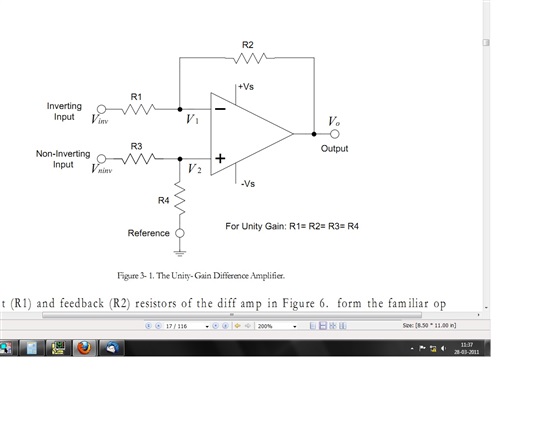In the datasheet of the THS3061, the plot of “COMMON-MODE REJECTION RATIO vs FREQUENCY” shows CMRR gets worse with high frequency. Is this correct and if so, why does this happen?
-
Ask a related question
What is a related question?A related question is a question created from another question. When the related question is created, it will be automatically linked to the original question.


